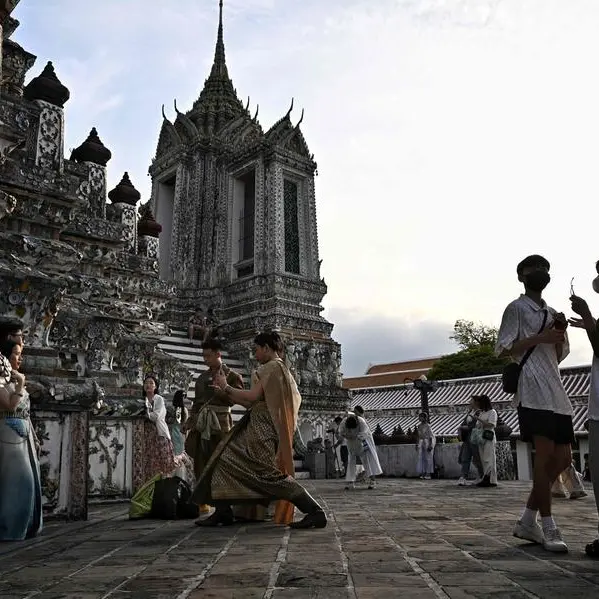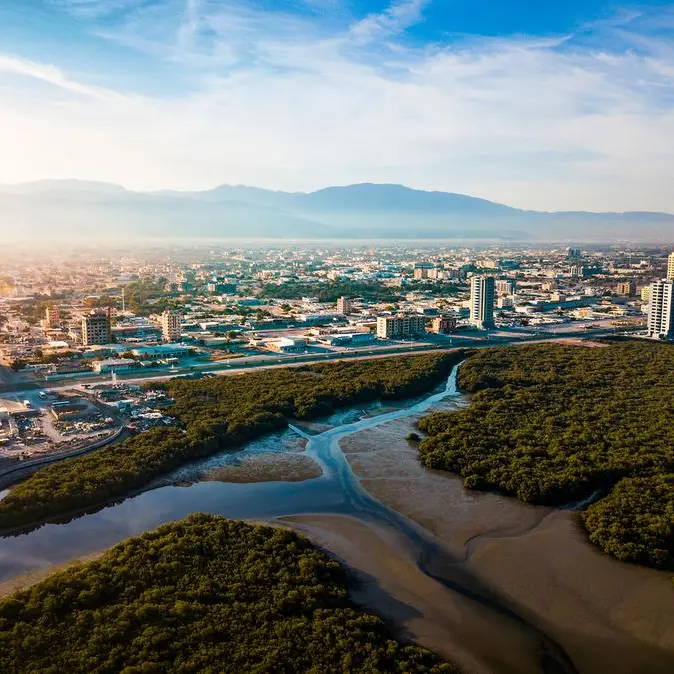JEDDAH -- Most countries in the Middle East and North Africa are price-competitive destinations and several have built significant travel and tourism (T&T) industries in recent years, the World Economic Forum said in its "Travel & Tourism Competitiveness Report 2015".
However, concerns about security which, unlike in some other regions, are more related to terrorism and political instability than crime and violence are causing some countries to see a reduction in international arrivals, even though secluded tourism resorts are far from the most dangerous areas, it noted.
Other common difficulties include low international openness, which may be connected to the security concerns, and environmental sustainability, a dimension on which almost all countries in the region perform below the international average.
The region's countries can be divided into three groups: (i) those which have created a strong business environment, developed sound infrastructure, grown specific niches and remained relatively safe as destinations (the top five countries in the list); (ii) those that maintain great tourism attractiveness, but have experienced safety and security concerns or infrastructure limitations (Egypt, Tunisia, Jordan and Lebanon); and (iii) those that are not leveraging enough their T&T capacity (all the others).
The United Arab Emirates (UAE) leads the region and takes 24th place globally, welcoming over 10 million tourists in 2013. While the UAE does not have rich natural resources (95th), it has built a unique environment to attract both business and leisure travelers. From Expo 2020 Dubai to the construction of the Louvre and Guggenheim, the UAE is investing in and giving significant importance to the development of the T&T industry. This is supported by its world-renowned air transport infrastructure (3rd) and positioning as a gateway for Europeans to Africa, the Middle East and Asia. It has created extremely effective branding campaigns (1st) and an enabling business environment for the industry's development, with strides in travel facilitation and the liberalization of its visa regime (30th).
The country has a safe and secure environment, but improvements could be made in terms of health and hygiene services (69th), and some aspects of price competitiveness should be monitored as the cost of living is growing (103rd).
Saudi Arabia places 5th regionally and 64th out of all countries in the TTCI, distinguishing itself through its enabling business environment (23rd) and price competitiveness (11th). Its significant amount of international visitors travel mainly for business or religious tourism; however, it remains generally closed as a destination for leisure tourism, as exemplified by its government's low emphasis in prioritizing the T&T industry (100th) and international openness (138th).
Its stringent visa restrictions (140th) apply also for the Haj pilgrimage, though there have been recent policy changes to encourage foreign tourists to visit historical sites (the country scores relatively well, 55th, for cultural resources).
Saudi Arabia has good air transport infrastructure (40th), although further investment could be made in ground and tourism infrastructure (67th) and environmental policies for the industry's long-term development (121st).
Morocco is ranked 62nd overall and 4th in the region. Tourism is considered a strategic industry for the country (26th in the prioritization ranking) and has been developed considerably, representing today almost 8% of employment, the highest share in the region. Tourists are attracted to Morocco's cultural resources (39th) and some natural resource hot spots, including popular beach resorts, while the industry benefits from a relatively safe setting (37th) and a business environment where FDI is welcome (10th) and construction procedures are not burdensome (28th). The country's infrastructure also plays a significant role, though air and ground transport have room for improvement. Human resources (107th) could also be improved, including better leveraging talent by incentivizing female participation, investing more in staff training (105th) and making the labor market more flexible, especially to attract foreign workers. Other areas for attention are health and hygiene (98th), especially the availability of hospital beds (113th) and access to improved drinking water (110th).
Egypt is 83rd in the global ranking and 10th in the region, with approximately 9 million tourists per year--below the country's full potential as a price-competitive destination (2nd), with significant investments in the T&T industry (23rd). Egypt's outstanding cultural resources (41st) and long history are perhaps under-leveraged, as reflected in a surprisingly low rank (60th) for oral and intangible heritage. Current instability is reducing Egypt's appeal to international tourists, and limiting receipts and, hence, funds available for investment. It also contributes greatly to the low safety and security performance (136th) and might also have an impact on the country's relatively limited international openness (115th) performance. In addition, ground infrastructure (103rd) requires a significant upgrade, especially in terms of quality of roads and efficiency of the transport network.
© The Saudi Gazette 2015











